Chopsticks are an essential part of Japanese dining culture, and how you use them reflects your manners and respect for tradition. While some rules may seem strict, they are based on showing appreciation for the food, the chef, and those dining with you.
In Japan, improper chopstick use can be considered impolite, and in some cases, even offensive due to its association with funeral rituals. Whether you are dining at a casual sushi bar or an upscale kaiseki restaurant, understanding basic chopstick etiquette will help you enjoy your meal with confidence and respect.
This guide will introduce common chopstick taboos to avoid and proper dining manners to follow when using chopsticks in Japan. Mastering these small details will not only enhance your dining experience but also leave a positive impression on those around you.
Chopstick Taboos: What NOT to Do 🚫
1. Hiroi-bashi – Passing food from chopstick to chopstick
Never pass food directly from one pair of chopsticks to another. This resembles a ritual performed at Japanese funerals, making it highly inappropriate.
Use serving chopsticks or the opposite (clean) end of your chopsticks when sharing food.
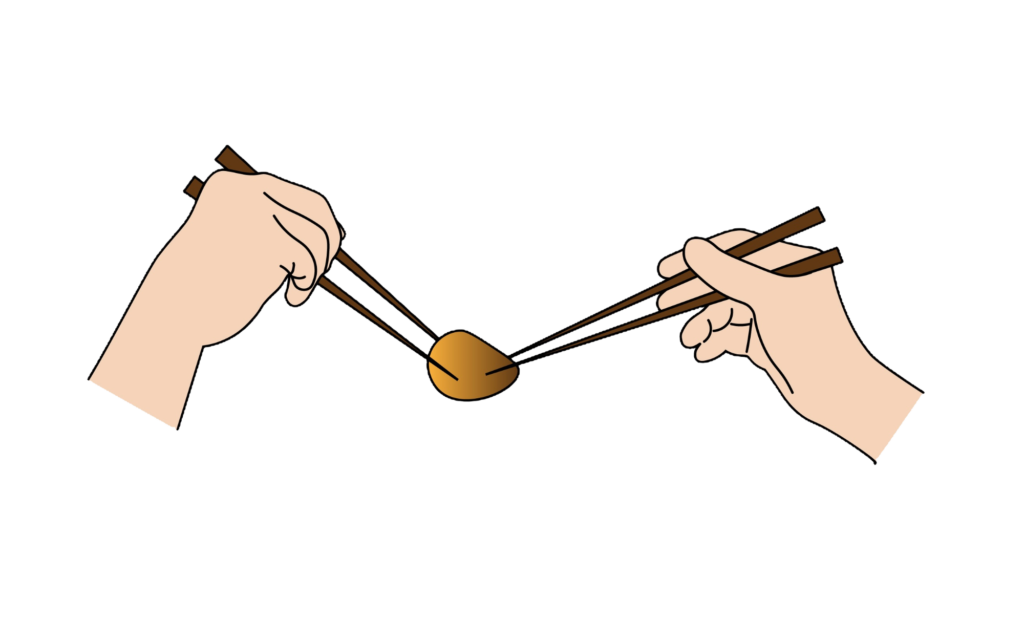
2. Sashi-bashi – Stabbing food with chopsticks
Never stab food with chopsticks. It looks rude and unrefined, especially in fine dining settings.
Gently pick up food with chopsticks instead of stabbing it.
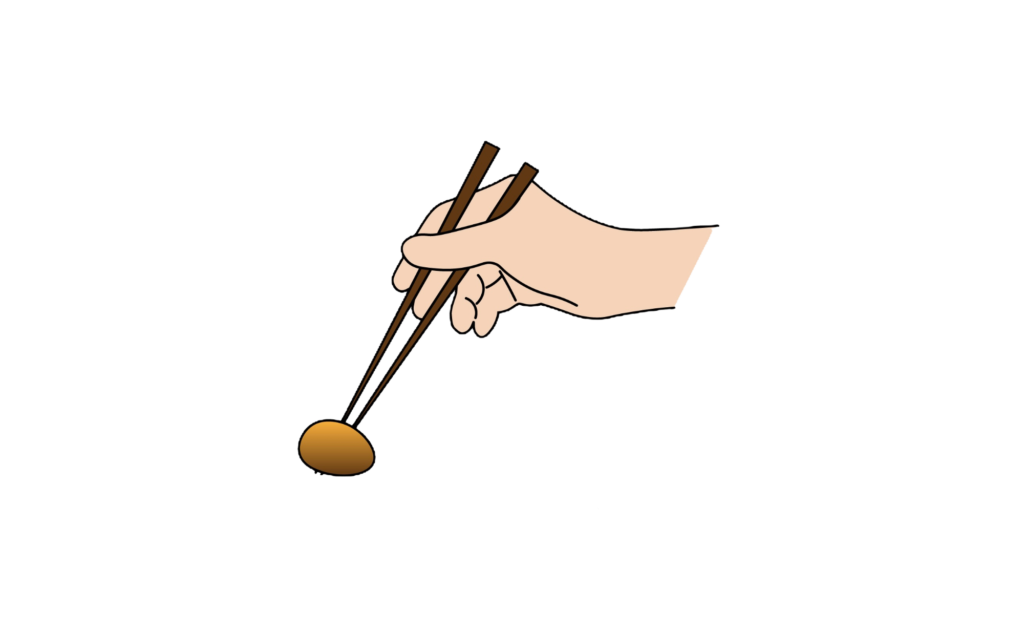
3. Mayoi-bashi – Hovering chopsticks over dishesNever use chopsticks to pull a dish toward you. It is considered bad manners.
Do not move your chopsticks back and forth over dishes while deciding what to eat. It appears indecisive and impolite.
Decide what to eat before picking up your chopsticks.
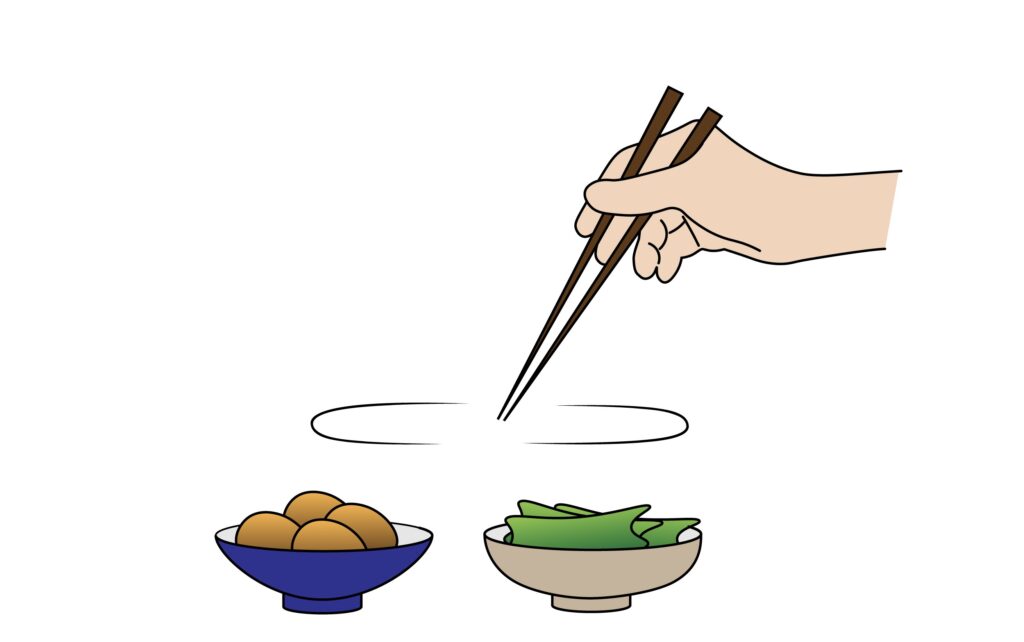
4. Yose-bashi – Moving dishes with chopsticks
Never use chopsticks to pull a dish toward you. It is considered bad manners.
Use your hands to move dishes instead.
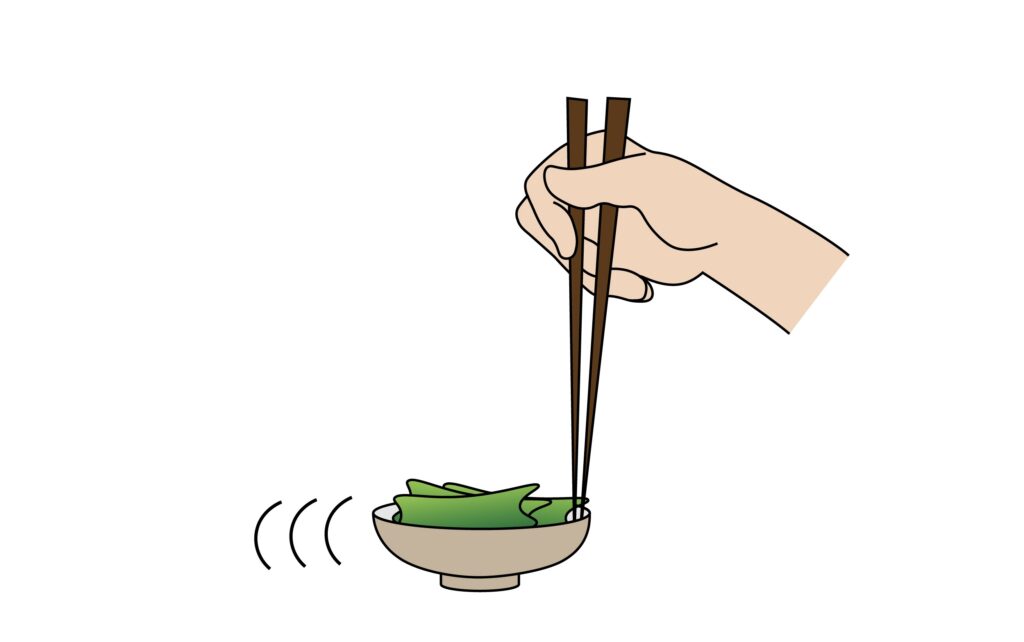
5. Watashi-bashi – Resting chopsticks across a bowl
Do not place chopsticks across the top of a bowl. It can signal that you are finished eating, and in some cultures, it resembles funeral customs.
Use a chopstick rest or place them neatly on the chopstick holder.
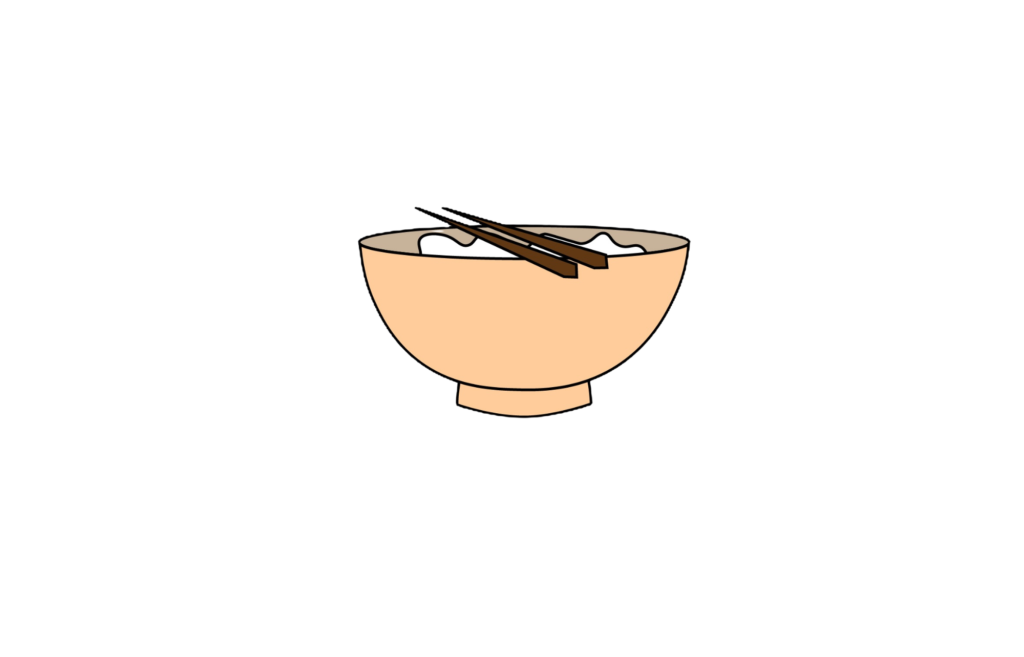
6. Namida-bashi – Letting sauce drip from chopsticks
Avoid letting soy sauce or soup drip from your chopsticks. It is seen as messy and unrefined.
Lightly shake off excess sauce before bringing food to your mouth.
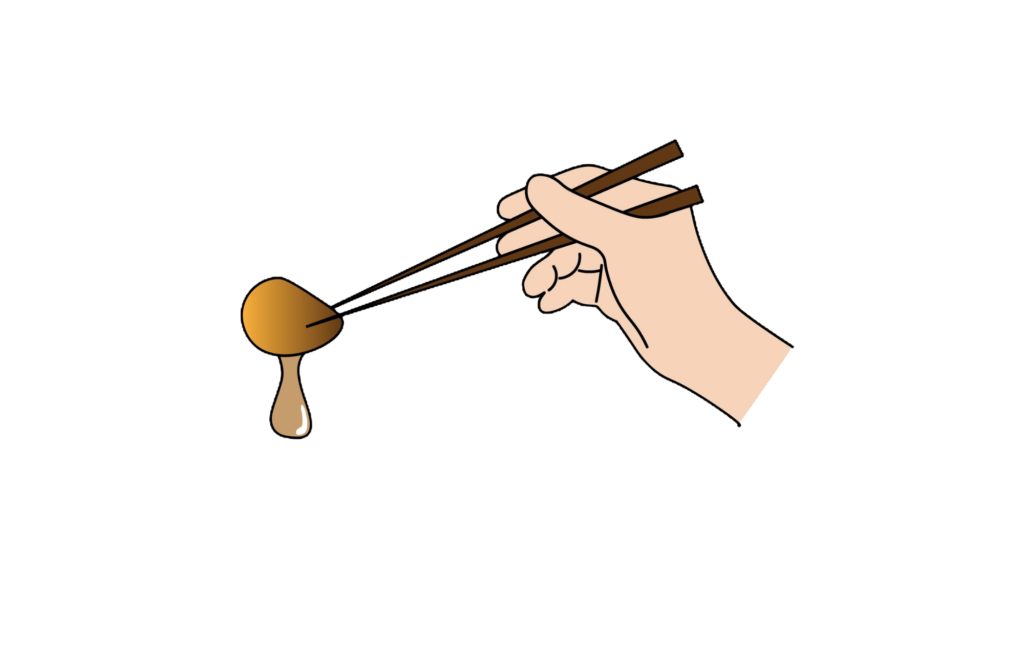
7. Mogi-bashi – Pulling food apart with chopsticks
Do not use chopsticks to tear food apart. This can appear impolite and clumsy.
If food is too large, ask the chef to serve smaller portions or cut it before eating.
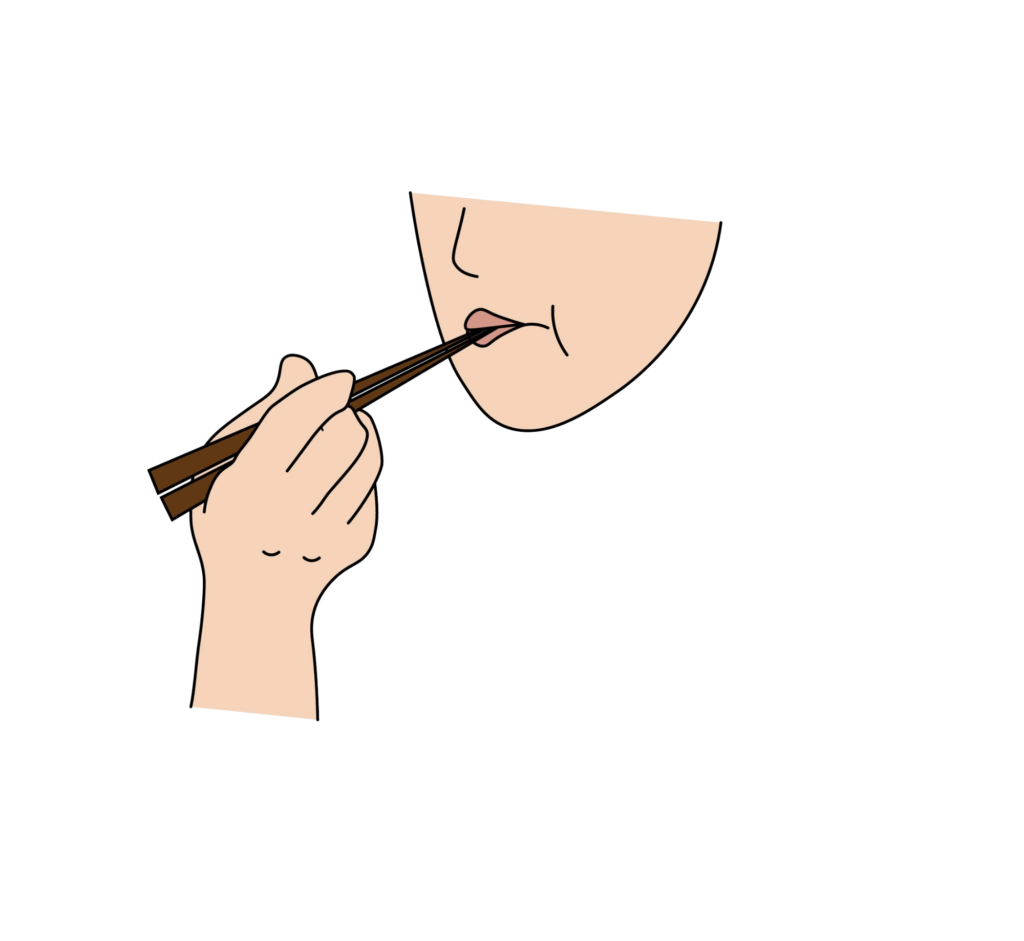
8. Kaki-bashi – Scooping food directly into the mouth
Avoid using chopsticks to push food into your mouth from the bowl. This is seen as improper table manners.
Lift the bowl closer to your mouth and take small bites.
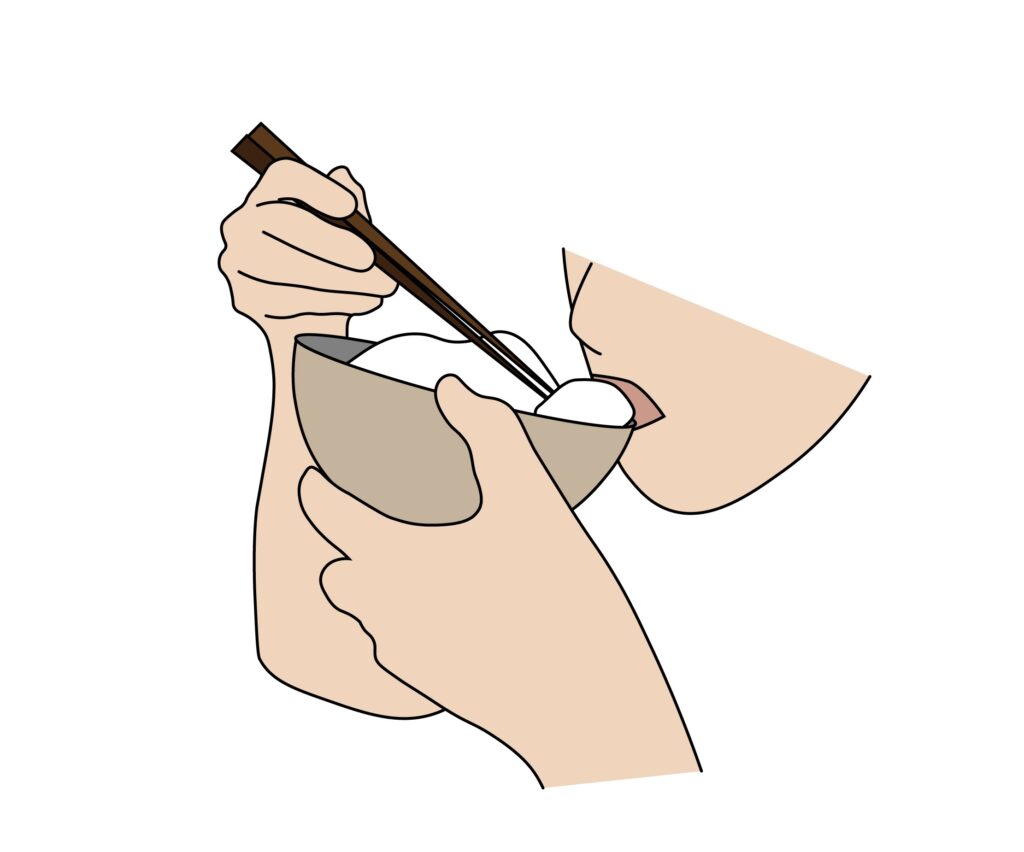
9. Yubisashi-bashi – Pointing with chopsticks
Never point at people or objects with chopsticks. This is considered very rude in Japanese culture.
Use your open hand to gesture instead.
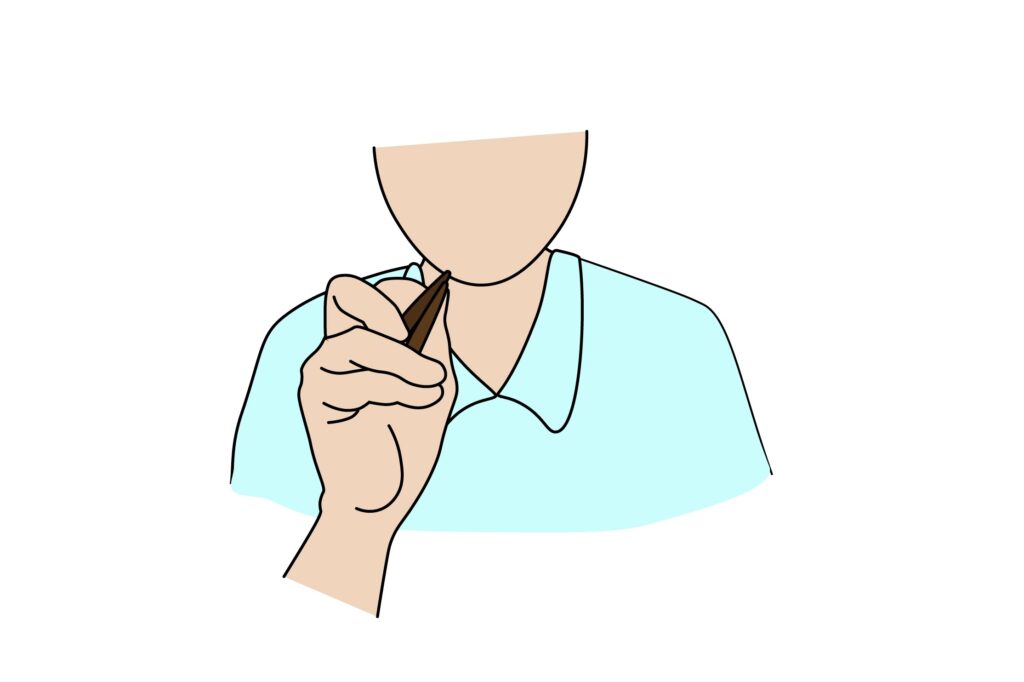
10. Tsukitate-bashi – Sticking chopsticks upright in rice
Never stick chopsticks upright in a bowl of rice. This resembles a ritual performed at Japanese funerals and is extremely bad manners.
Place your chopsticks on a chopstick rest when not in use.
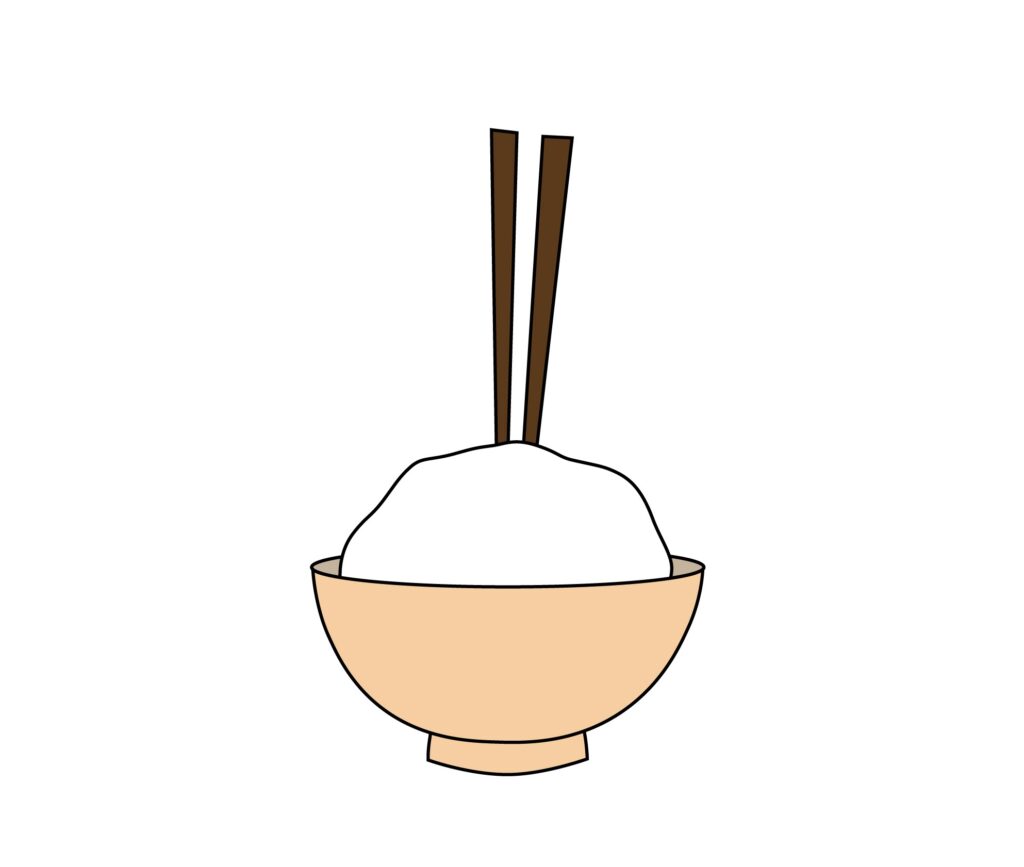
11. Tataki-bashi – Hitting tableware with chopsticks
Never tap your bowl or plates with chopsticks. It can appear childish and disrespectful.
Handle your chopsticks gently and quietly.
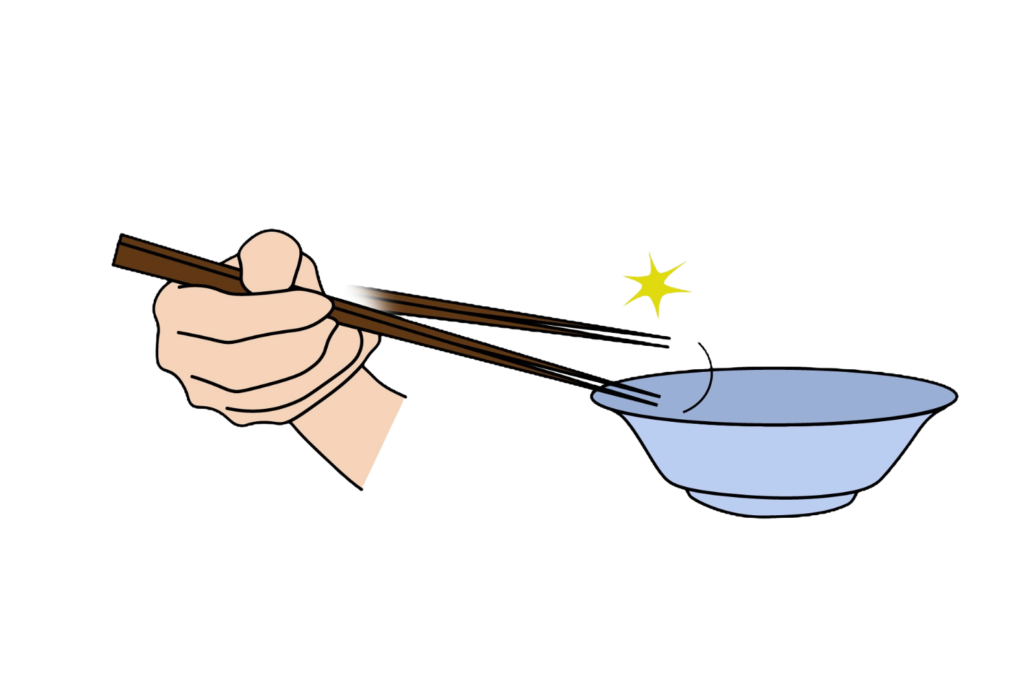
Good Chopstick Manners
Hold your rice bowl while eating
In Japanese culture, it is polite to lift your rice or soup bowl while eating instead of leaving it on the table. Eating directly from a bowl left on the table is considered poor manners.
Use chopsticks quietly and delicately
Avoid making noise by clashing chopsticks against plates or bowls.
Place chopsticks neatly when finished
After eating, align your chopsticks neatly on the chopstick rest to indicate you are done.
Learn the proper way to hold chopsticks
Holding chopsticks correctly allows you to eat gracefully and makes a good impression.
Comments